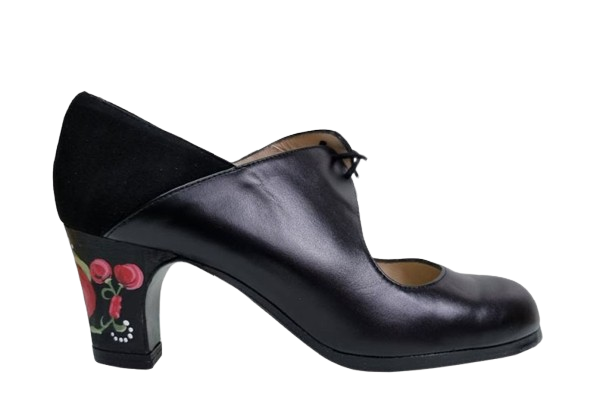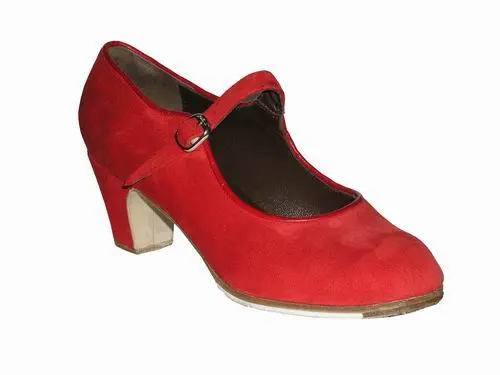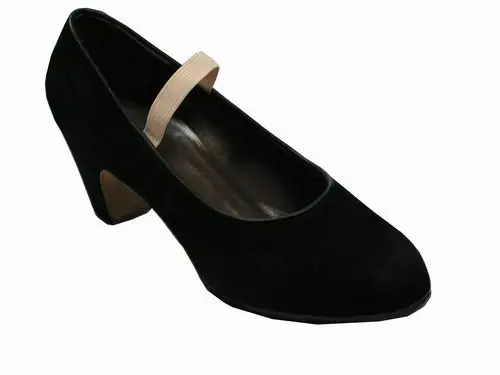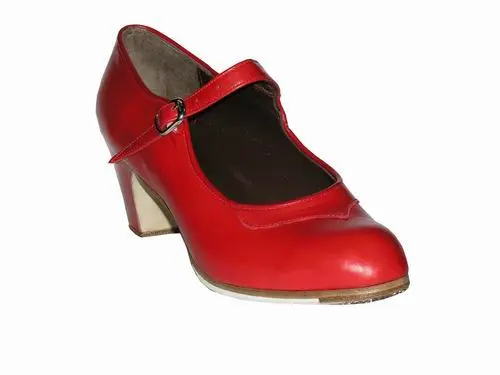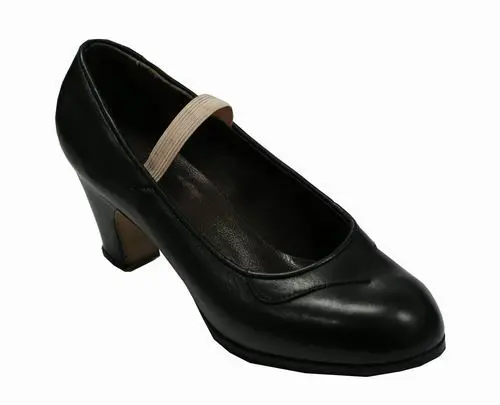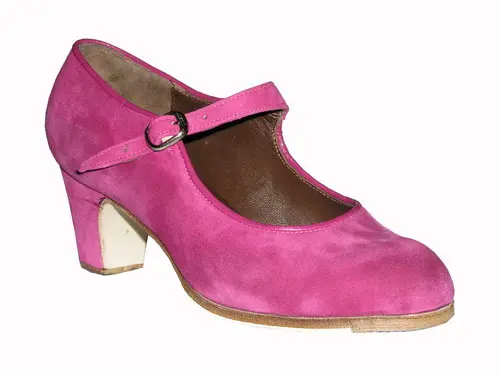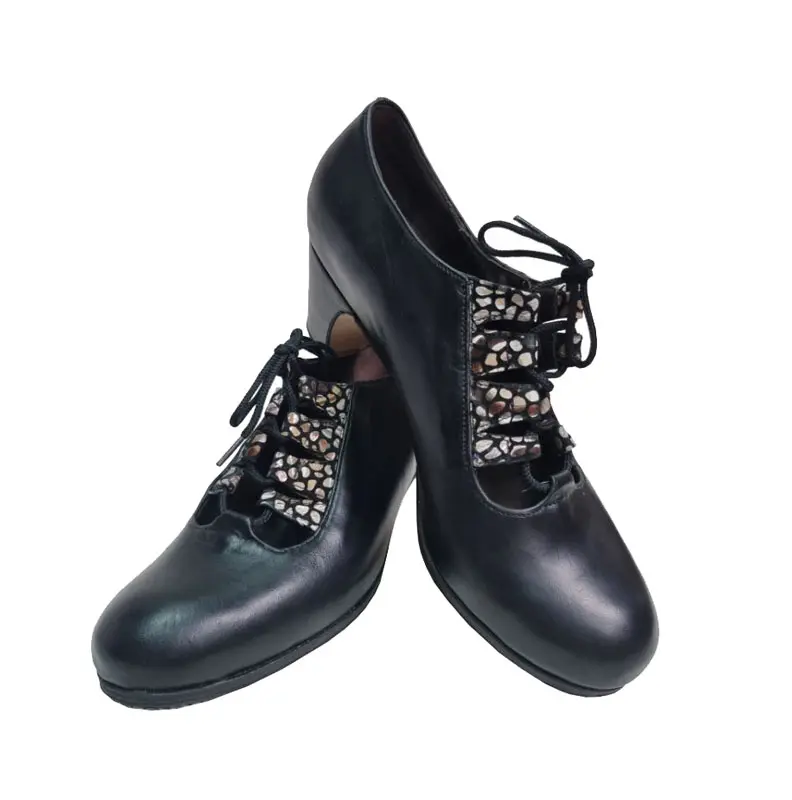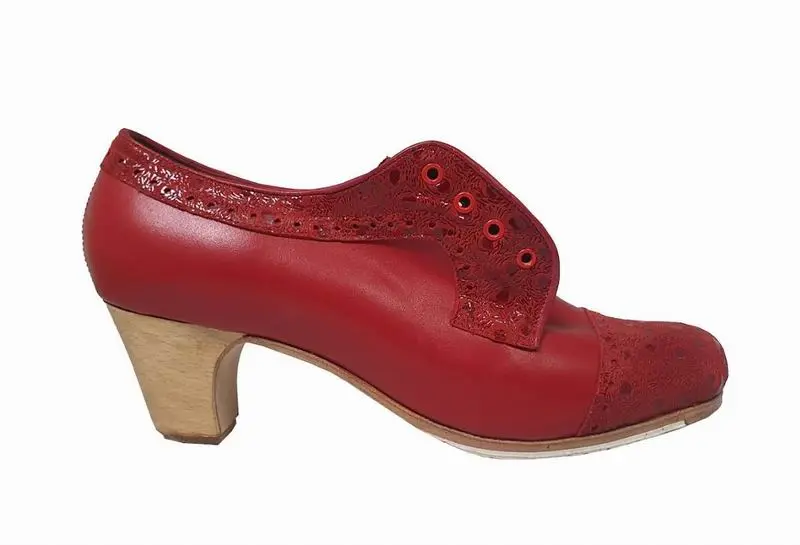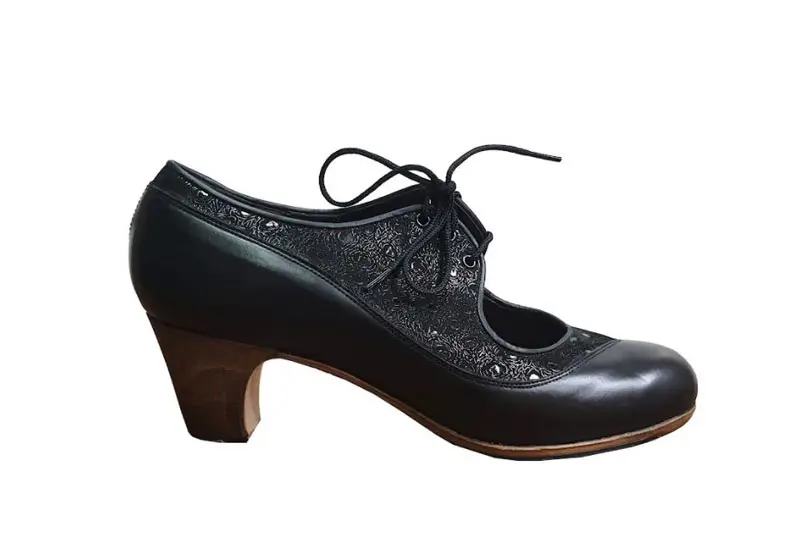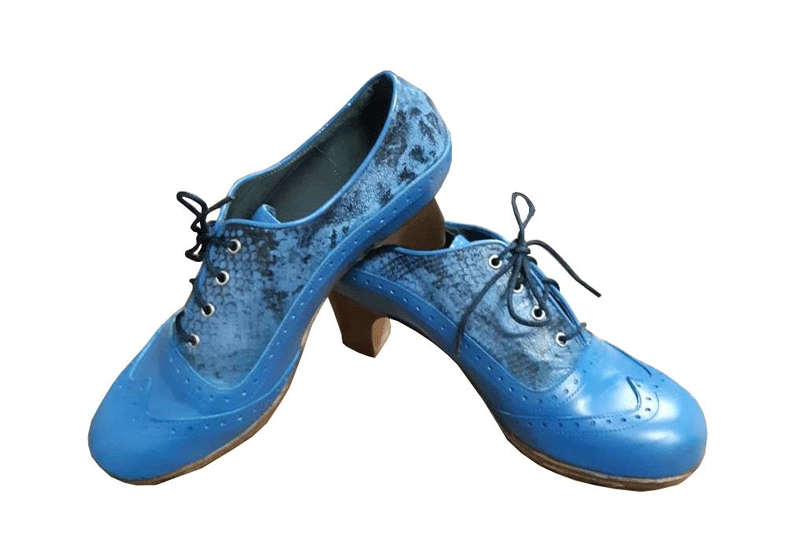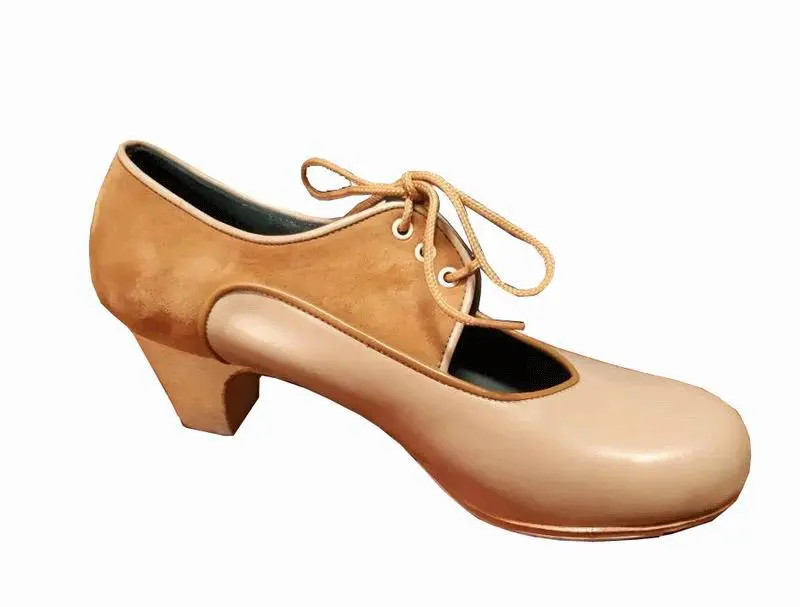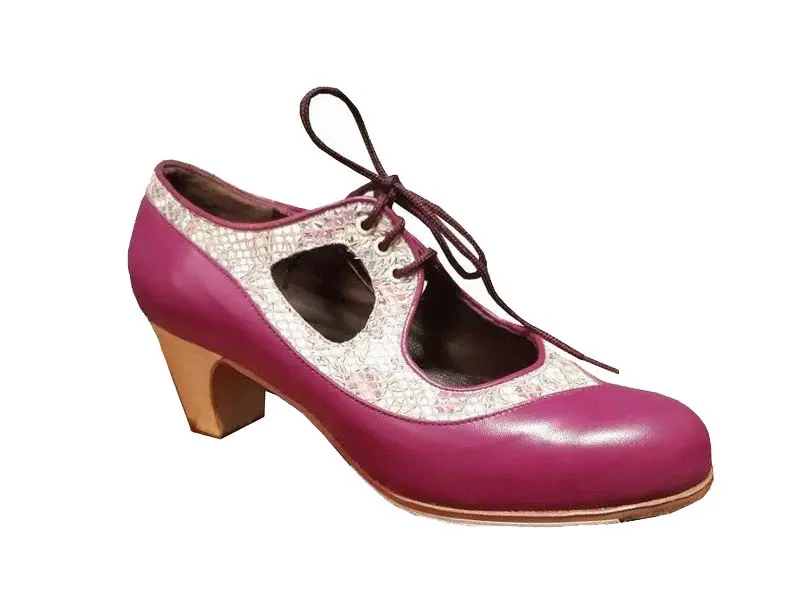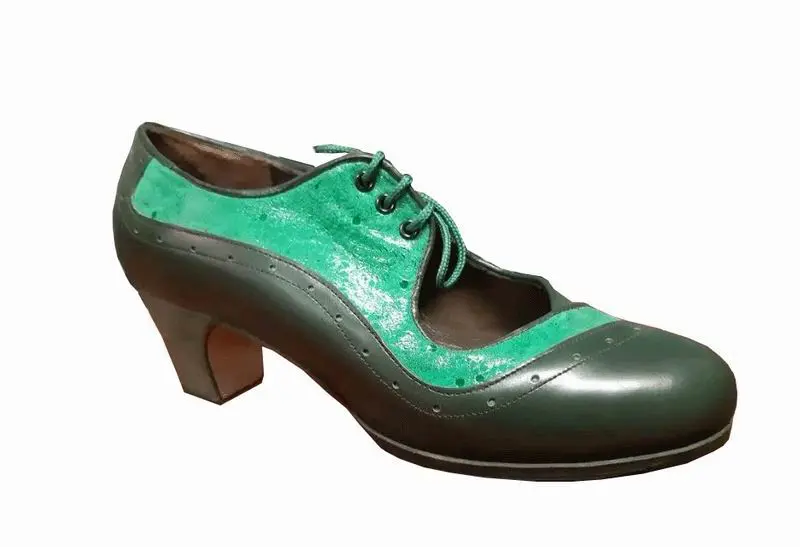Gallardo flamenco shoes are a sublime expression of the blend between art, tradition, and quality. At FlamencoExport, we understand the importance of having footwear that not only complements the dance but also enhances the style and comfort of the dancer. Each pair of Gallardo shoes is meticulously designed to offer stability and precision, essential characteristics in the vibrant rhythm of flamenco.
Crafted from high-quality materials, Gallardo flamenco shoes have become a favorite choice among amateurs and professionals alike. With iconic models such as the famous Rocío Gallardo Shoes and Mabel Gallardo Shoes, our collection represents the pinnacle of Seville craftsmanship.
In our online store, you are invited to explore designs specifically for traditional events like the Rocío Fair or popular chulapos. Each design is crafted to meet the demands of discerning dancers and those looking to immortalize the spirit of flamenco in their steps.
By choosing FlamencoExport, you benefit from:
- Perfect fit for all sizes.
- Customizable models.
- Ballroom dance shoes on sale.
- Expert advice on flamenco fashion.
Let your steps speak for you, with the quality and tradition that only Gallardo can offer. Discover the classic art of flamenco with every click and movement.





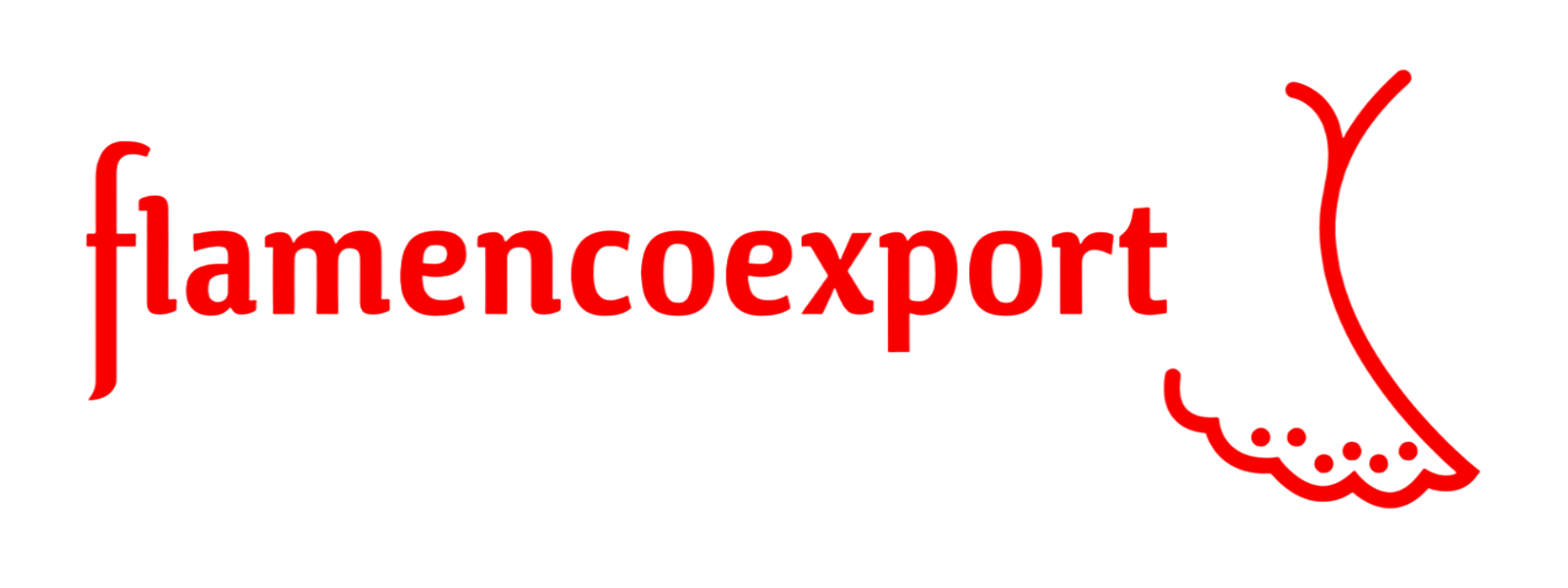


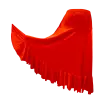































 Wholesalers/Stockists
Wholesalers/Stockists Contact
Contact




